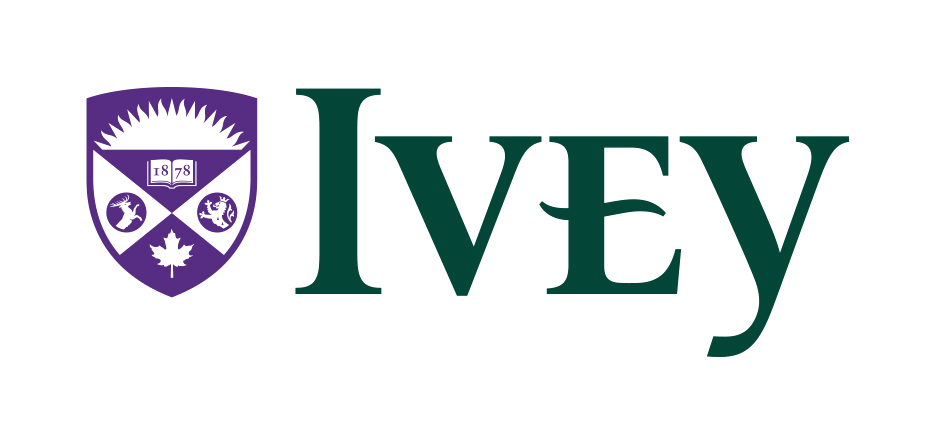9483
AiS
Session 7b


Joshua
Foster

Agenda
- Case: Making stickK Stick: The Business of Behavioral Economics.
- Behavioural Nudges from Business
"It is much easier to make money by catering to consumers' biases than trying to correct them."
- Richard Thaler
What are common goals people often struggle to achieve?
Why is it sometimes difficult to change bad habits?
How does stickK support individuals in changing their behaviour?
Commitment Device.
A tool that incentivizes an individual to overcome a bias causing sub-optimal behaviour (as judged by the individual).
- Auto-nudges can only be applied by individuals who have a sophisticated understanding of their own behaviour.
"These nymphs had the power...of charming by their song all who heard them, so that mariners were impelled to cast themselves into the sea to destruction. Circe directed Ulysses to stop the ears of his sailors with wax, so that they should not hear the strain; to have himself bound to the mast, and to enjoin his people, whatever he might say or do, by no means to release him till they should have passed the Sirens’ island."
"The problem sets should have been graded. I had no incentive to do them, and as a result did poorly on the exams." - a student
The task.
Construct an argument for how one of the proposed business models can succeed. Use the preliminary revenue information provided in the case for support.
- Groups 1 through 4 $\rightarrow$ B2B.
- Groups 5 through 8 $\rightarrow$ B2C.
| Group 1 | Ishi Khamesra | Akber Amanulla Khan | Valentina Efionayi | Judith Osemeke | Ramnik Minhas |
| Group 2 | Alan Hwang | Alice Wu | Kiera Treloar | Kayla Vargas | Aanal Patel |
| Group 3 | Quoc Lap Nguyen | Adam Meadows | Angelita Martin | Cherry Qian | Maro Egbedi |
| Group 4 | Aaditya Geed | Robert Gray | Kendall Zhang | May El Damatty | Rio Baudisch-McCabe |
| Group 5 | Chaitanya Gandhi | Bella Natasha Diego | Elisabeth Iannucci | Sam Macy | Jennifer Estrada |
| Group 6 | Dan Hicks | Sifan Wang | Calvin Zehr | Derek Adam | Mac Astritis |
| Group 7 | Sean Morris | Sangeetha Sambamoorthy | Silvia Pacheco Diaz | Princess Adeniran | |
| Group 8 | Michael Schumacher | Josh Ge | Ishani Adityan | Iain Smith |
Small Group Task
Work with your group to create an argument for how your assigned business model can succeed.
What are the pros/contras of going B2B?
| Pros | Contras |
| 1) | 1) |
| 2) | 2) |
| 3) | 3) |
| # Contracts = 4 | Avg. Monthly Licensing Fee | = | $\$$15,000 | |
| Startup Fee (non-recurring) | = | $\$$35,000 | ||
| # Contracts | $\times$ | (12$\times$ Monthly Fee + Startup Fee) | = | Revenue |
| 4 | $\times$ | (720,000+140,000) | = | $\$$860,000 |
Average Revenue per Contract $=\frac{860,000}{4}=$ $\$$215,000.
What are the pros/contras of going B2C?
| Pros | Contras |
| 1) | 1) |
| 2) | 2) |
| 3) | 3) |
| Type | # Contracts | # Failed | Avg. Revenue | Revenue |
| Charity | 0.216$\times$22,400=4,838 | 0.199$\times$4,838=963 | 0.195$\times$360=$\$$70 | 963$\times$70=$\$$67,410 |
| Non-charity | 0.521$\times$22,400=11,670 | 0.129$\times$11,670=1,505 | 0.295$\times$360=$\$$106 | 1,505$\times$106=$\$$159,831 |
| Gross Revenue $=$ | $\$$227,241 | |||
| Less 3% CC Fee $=$ | $\$$220,423 | |||
Average Revenue per Contract $=\frac{220,423}{70,000}=$ $\$$3.15.
Which model do you prefer?
What happened.
Goldberg elected to focus on the B2B model.
- As of the writing of the case (2015), stickK has quadrupled in size from 2010.
- This growth allowed for additional resource allocation to the B2C business.
- The company reported being cashflow neutral.